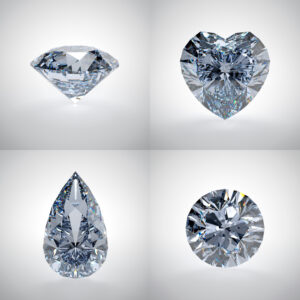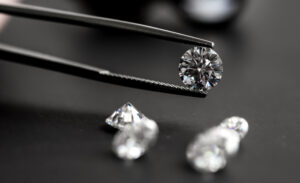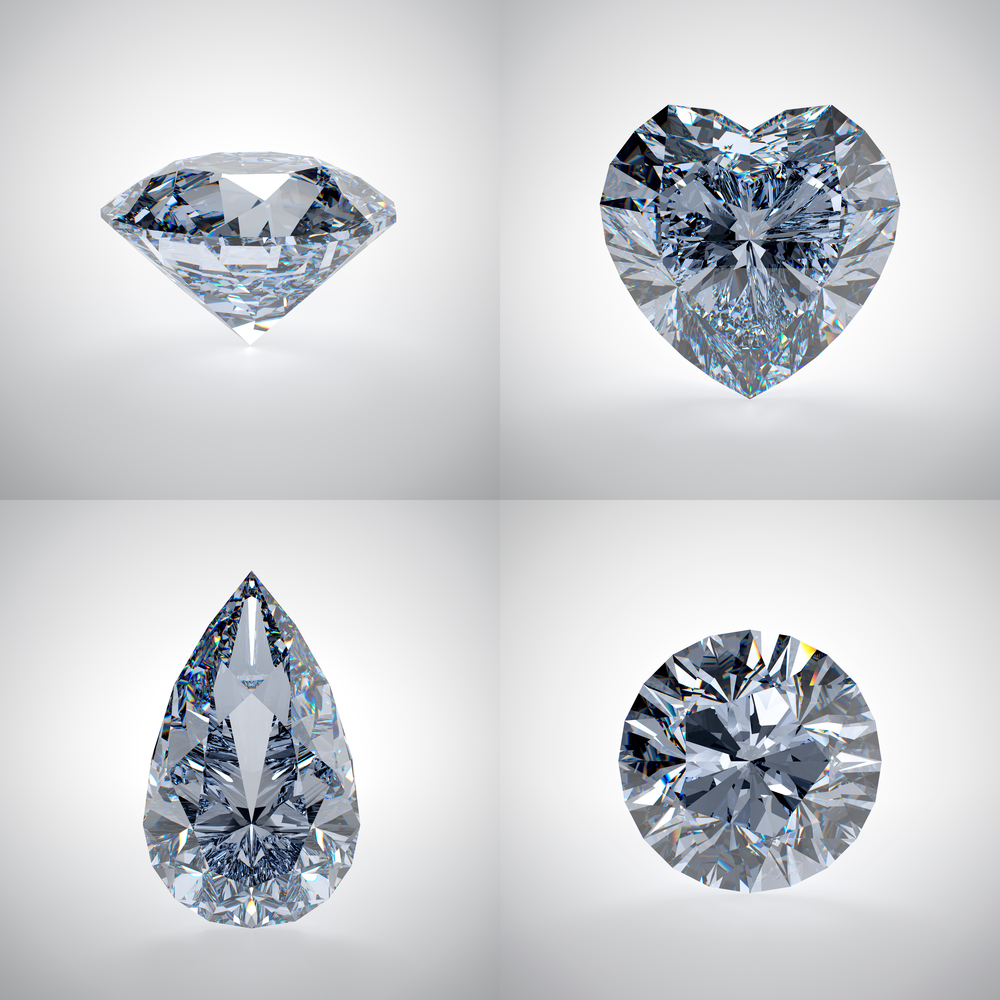
Due to their ethical and ecological merits over natural diamonds, lab-grown diamonds have exploded in popularity over the past few years, becoming the center diamond of preference in engagement rings and other modern jewelry items. However, there are a lot of myths and misconceptions regarding lab-grown diamonds still existing, which makes some people wary of buying them.
In this article, we will try to bust some common myths and misconceptions that are surrounding lab-grown diamonds.
Lab-Grown Diamonds Are Fake
Diamonds created in a laboratory setting are neither fake nor synthetic. These diamonds are as real as natural diamonds and are developed in a laboratory by simulating the earth’s conditions rather than being mined from beneath the surface.
Lab Diamonds Are Inexpensive Because Of Their Poor Quality
It is true that lab-grown diamonds are cheaper than diamonds mined from the earth, but the poor quality is not the reason for that. Because lab-grown diamonds avoid the costs of mining, they may pass the savings on to customers in the form of lower prices. They are of comparable quality to natural diamonds.
There Is No Resale Value For Lab-Grown Diamonds
End users can buyback and exchange lab produced diamonds from many companies these days and this ensures a good resale value for these diamonds.
Lab-Grown Diamonds Have No Certification
The very same diamond testing and certifying institutions that grade and certify natural diamonds, including globally-accepted organizations like the GIA, IGI, and SGL, verify and provide certification for lab-grown diamonds.
Environmental Impacts Of Lab Diamonds And Mined Diamonds Are The Same

Diamonds that are created in a laboratory are not the same as diamonds that are mined. As a result, they are not responsible for the ecological and societal consequences connected with mining. A lab-grown diamond could save up to 109 gallons of fresh water and 250 tons of land per carat. Approximately 150 million carats of natural diamonds are excavated annually around the world, and one can only imagine the devastation.
The Color Of Lab Diamonds Change Over Time
In terms of color, optical, physical, and thermal composition, lab-created diamonds are comparable to mined diamonds. As a result, they do not fade in color over time and are as durable as natural diamonds.
Lab Diamonds And Moissanite Are The Same
Moissanite is a silicon carbide-based diamond simulant. Lab-grown diamonds, on the other hand, are genuine diamonds created entirely of carbon.
